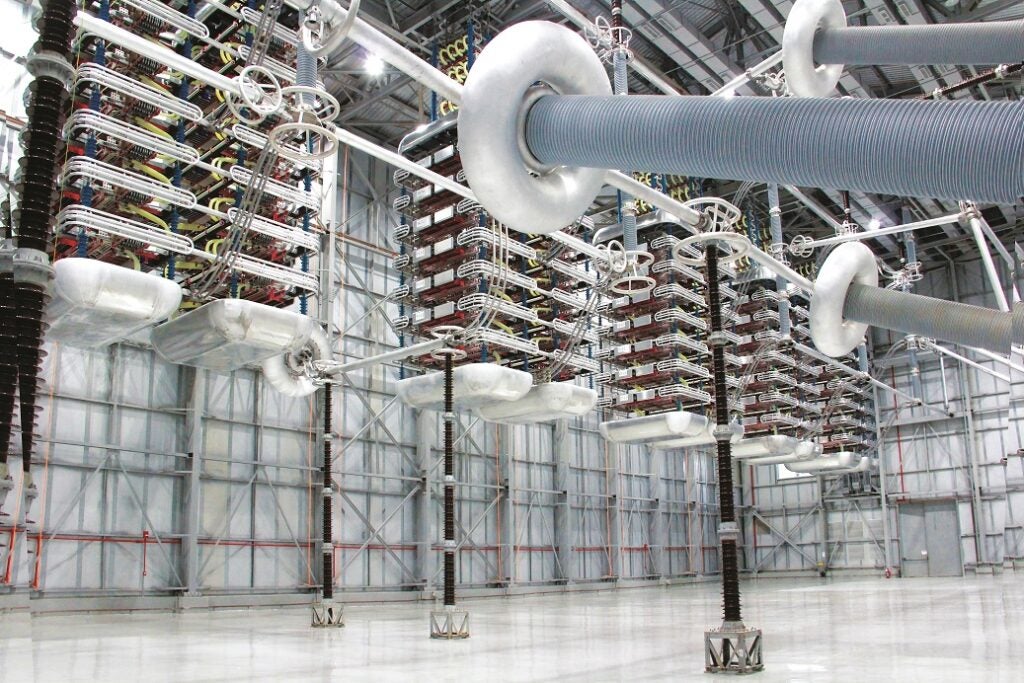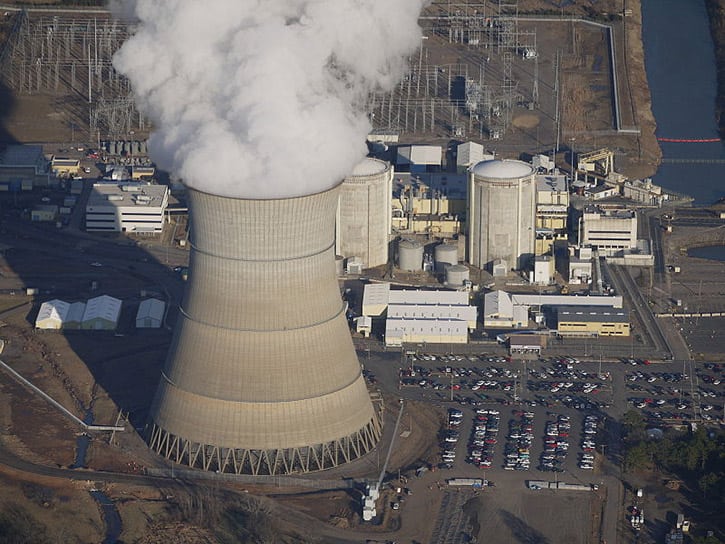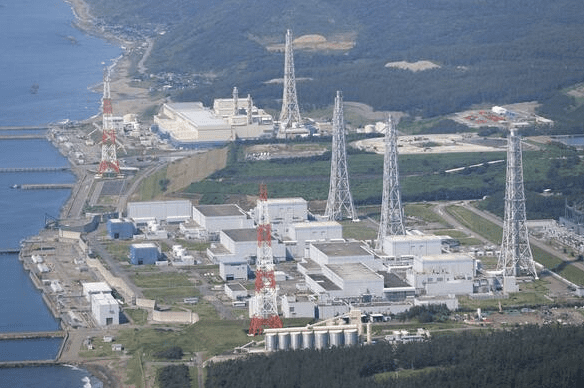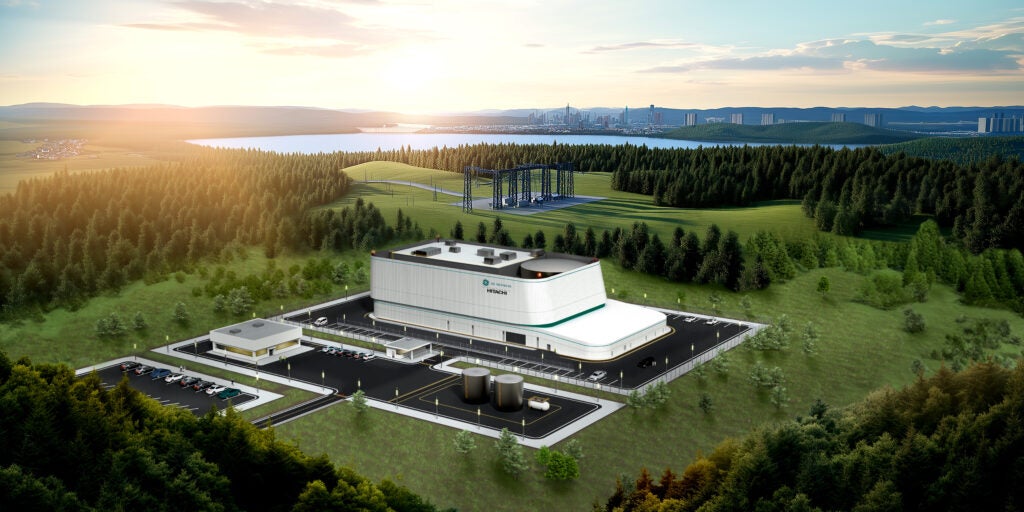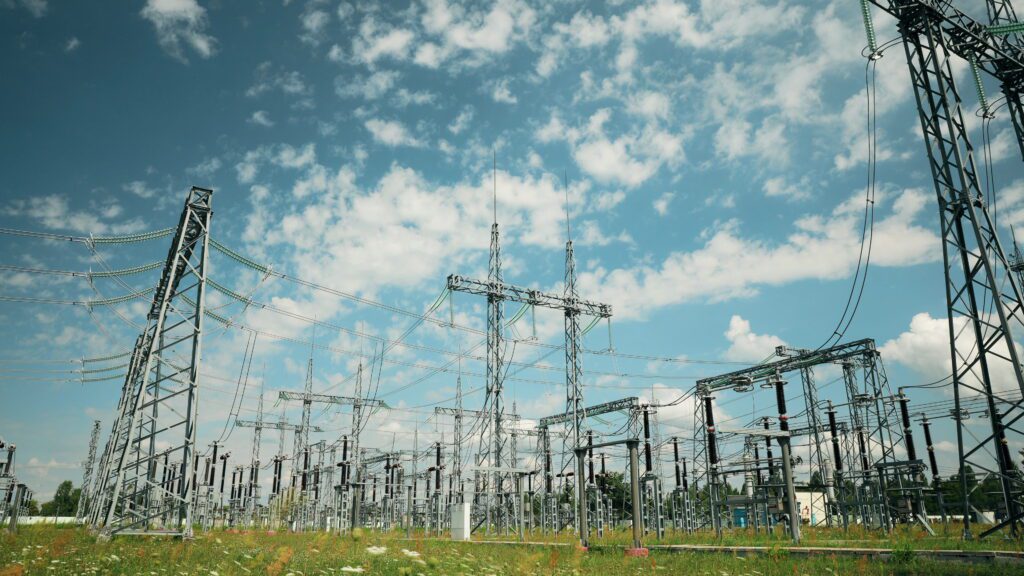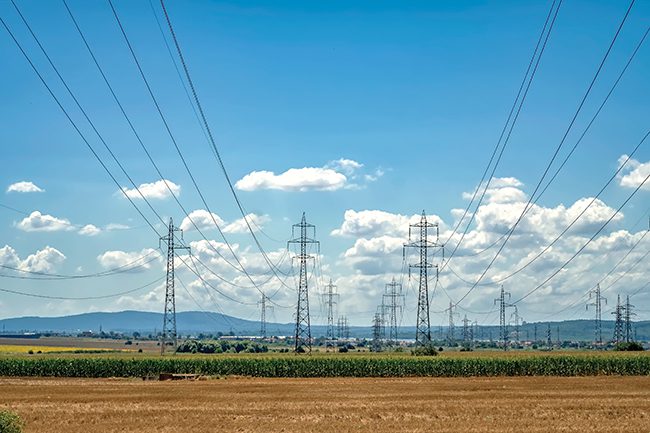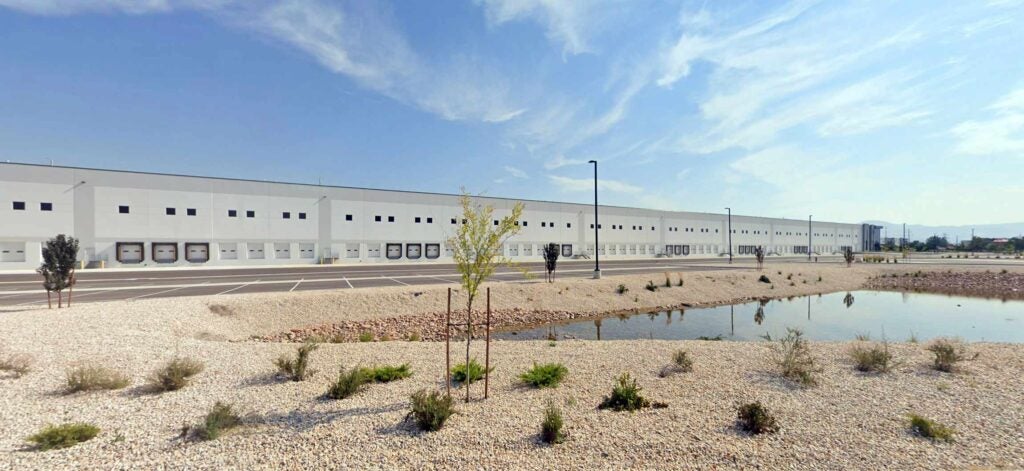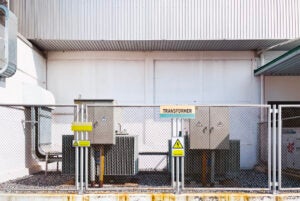
The Trump administration’s recent “AI Action Plan” to expand artificial intelligence (AI) and data center infrastructure in the U.S. highlighted the need to accelerate innovation, build cutting-edge infrastructure, and position the U.S. as a global leader in the industry. It also highlights a crucial detail: developing an electric grid that can match the pace of AI innovation.
This explosive growth of artificial intelligence and digital services has made data centers one of the fastest-growing electricity users in the world, and it will only continue. From hyperscale campuses to regional edge facilities, these digital factories are driving unprecedented demand on the power grid.
Given this trajectory, many policymakers, community leaders, and industry experts are asking how much more the electric grid can take. While there are undoubtedly some challenges ahead, there are solutions at each stage of our energy infrastructure.
Many Data Centers Are Taking Control
Most of the debate so far has focused on generation and transmission. But there’s a quieter, equally important pressure point in the system: local electric distribution. This is where the power meets the last mile of delivery to the user—through substations, feeders, and switching systems. And it’s here that some of the most sophisticated, forward-looking data center operators are pioneering a bold shift: managing their own electric distribution infrastructure.
In other words, they’re building and operating private distribution systems to ensure their own power reliability, agility, and sustainability, without potentially overloading public infrastructure. Not only is this beneficial to the general public, but it’s also becoming a competitive advantage. Instead of relying solely on aging and often overburdened utility grids, some data centers are deploying advanced switchgear and real-time distribution management systems to optimize how electricity flows through their facilities. These tools give operators precise control over how, when, and where electricity is delivered and stored onsite.
The benefits are compelling and include:
- 24/7/365 Uptime. Consistent and reliable service is the most critical function for data centers, and self-managed distribution systems allow users to insulate themselves from local grid failures, voltage fluctuations, or delayed utility upgrades.
- Faster Deployments. Rather than waiting months, or even years, for interconnection capacity, data center developers can pre-engineer modular substations and distribution gear that can be brought online in parallel with facility construction.
- Dynamic Load-Balancing and Demand-Response Capabilities. Advanced control features can reduce peak demand costs and qualify for incentives or participation in grid markets.
Overcoming Initial Barriers
Unfortunately, many operators have been hesitant to make the leap. That’s partly due to perceived constraints: unknown costs, limited in-house expertise, and potential regulatory challenges. But those barriers can be broken down.
On the technology side, there are many different approaches available today that can bring significant benefits to data center operators. For example, underground distribution switchgear is a solution that many data center operators have embraced to increase critical uptime. These solutions offer fault-isolating features and reliable loop-switching performance, with a compact footprint and lower maintenance requirements than above-ground distribution switchgear.
On the energy policy side, state and federal regulators should recognize the value of private distribution innovation and provide clear frameworks for permitting and interconnection. Tax credits for grid modernization should be made accessible to non-utility actors who are reducing strain on public infrastructure. Utilities should also be encouraged and incentivized to collaborate with large customers on shared reliability goals.
The Data Center Future Starts Now
Data centers now play an undeniable role in our daily lives and digital economy, and their proliferation is shaping energy demand and our grid infrastructure. But the answer isn’t to stop building them, it’s to build them smarter.
That starts with taking more responsibility for how electricity is distributed and managed, especially in that last mile. By investing in their own distribution systems, data center operators can increase reliability and resilience, accelerate deployments, and improve their bottom line.
—Kyle Julian is National Senior Director, C&I Sales, with S&C Electric Company.


